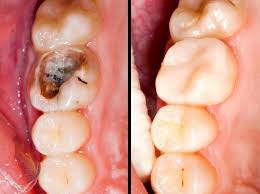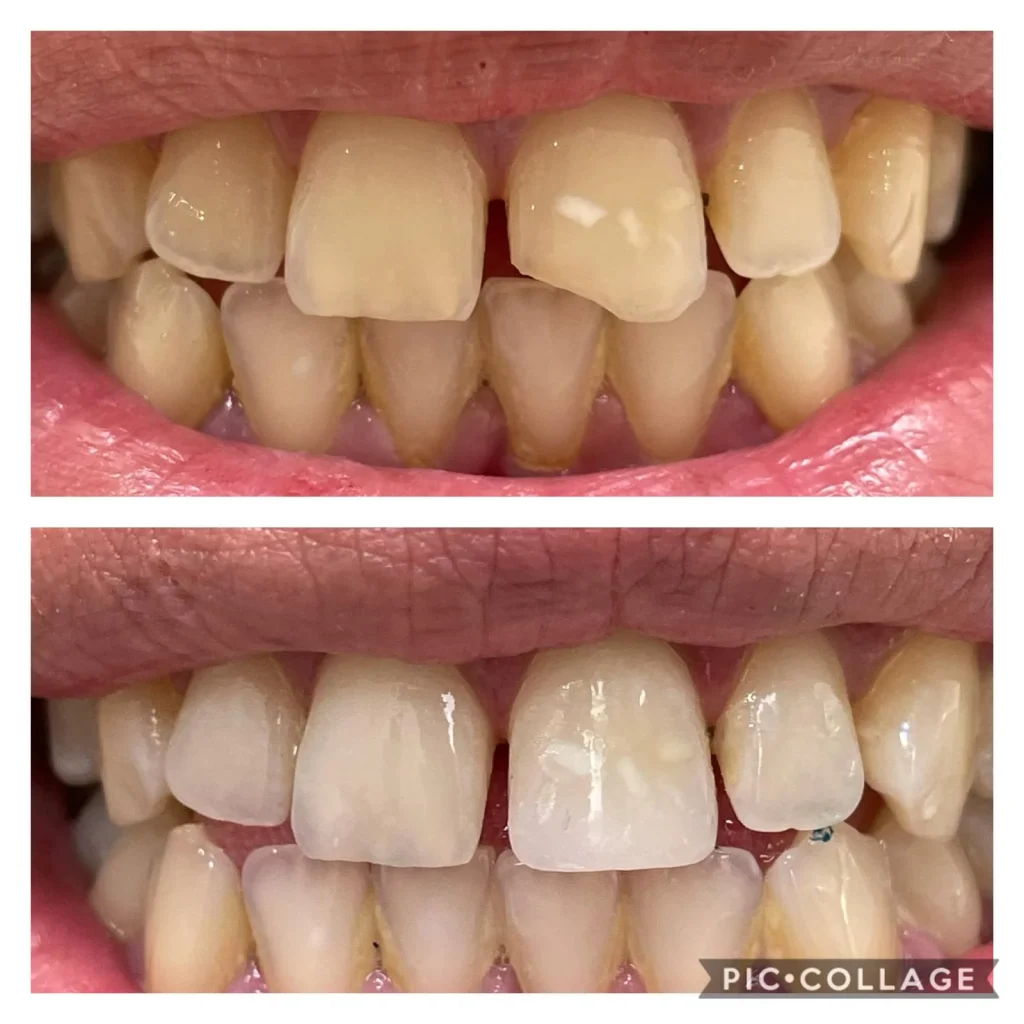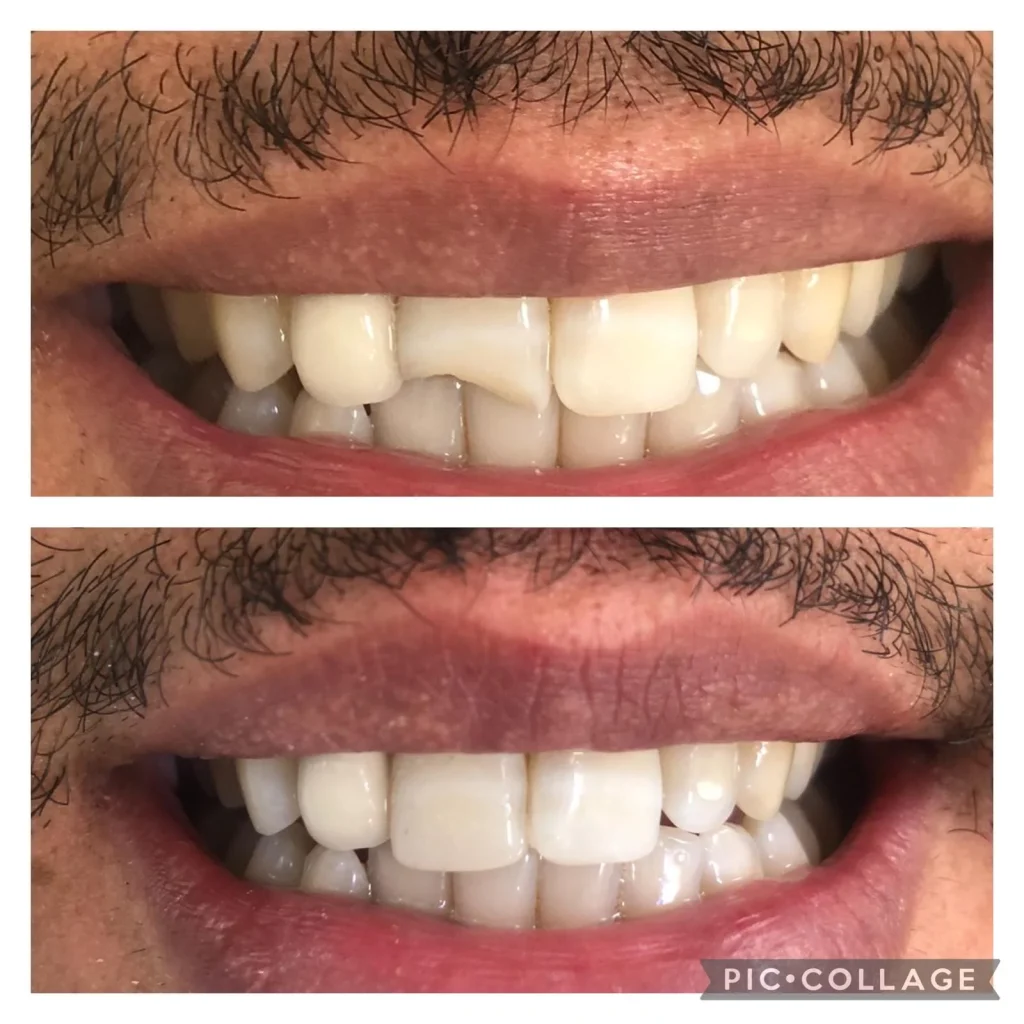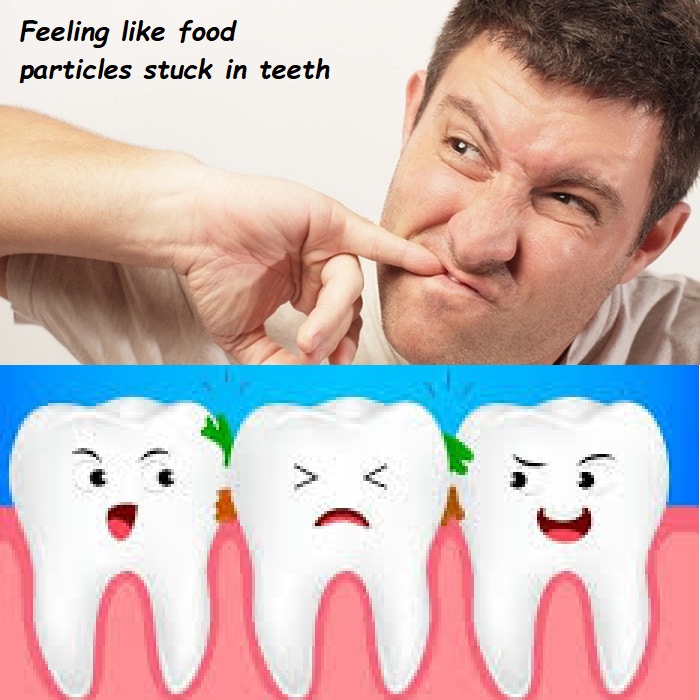dental sealants pros and cons
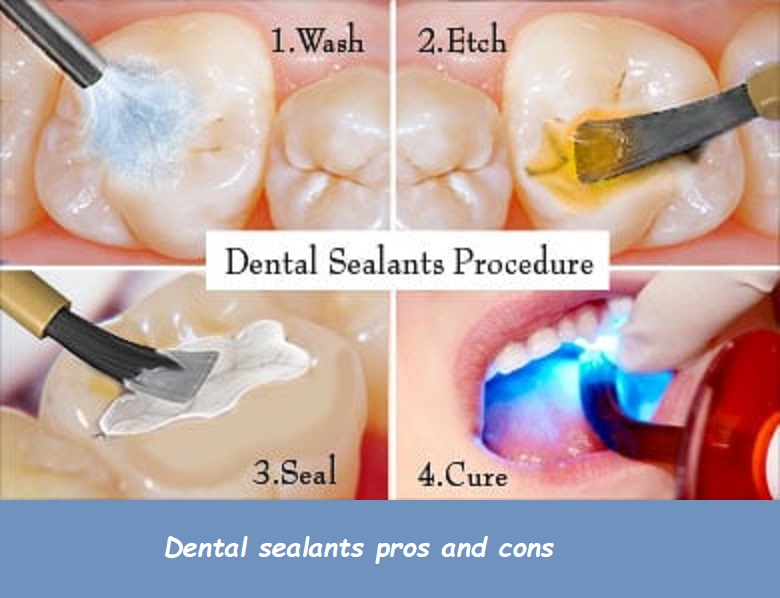
Dental sealants are a preventive dental treatment designed to protect teeth from decay. They are typically applied to the chewing surfaces of the back teeth (molars and premolars), where grooves and pits can trap food particles and bacteria, leading to cavities. While dental sealants offer many benefits, they also come with certain drawbacks. This article provides a comprehensive overview of the pros and cons of dental sealants to help you make an informed decision.
What Are Dental Sealants?
Dental sealants are thin, and plastic coatings are painted on the chewing surfaces of the back teeth. The sealant quickly bonds into the depressions and grooves of the teeth, forming a protective shield over the enamel to prevent food particles and bacteria from accumulating.
How Are Dental Sealants Applied?
The application of dental sealants is a simple and painless process that involves the following steps:
- Cleaning the Teeth: The teeth to be sealed are thoroughly cleaned to remove any plaque or food particles.
- Preparing the Tooth Surface: The chewing surfaces of the teeth are roughened with an acid solution to help the sealant adhere.
- Applying the Sealant: The sealant is painted onto the tooth enamel, which bonds directly to the tooth and hardens. A special curing light may be used to speed up the hardening process.
- Final Check: The dentist will check the sealant to ensure it is properly applied and the bite is correct.
Pros of Dental Sealants
Dental sealants offer several significant advantages, especially for children and teenagers who are more prone to cavities.
1. Preventing Tooth Decay
The primary benefit of dental sealants is their ability to prevent tooth decay. By providing a protective barrier over the tooth’s surface, sealants prevent food particles and bacteria from settling in the grooves and pits of the molars and premolars, where cavities are most likely to form.
2. Simple and Painless Application
The application process for dental sealants is quick, simple, and painless. It usually takes only a few minutes per tooth and does not require drilling or the removal of any tooth structure.
3. Cost-Effective
Dental sealants are a cost-effective preventive measure. They can save money in the long run by reducing the need for more extensive dental treatments, such as fillings, crowns, or root canals, which are required to treat cavities and tooth decay.
4. Long-Lasting Protection
With proper care, dental sealants can effectively protect against cavities for several years. Most sealants last up to 10 years before needing to be reapplied, although regular dental check-ups are necessary to monitor their condition.
5. Beneficial for Children and Teenagers
Dental sealants are particularly beneficial for children and teenagers with developing teeth more susceptible to cavities. Applying sealants soon after the molars and premolars erupt can help ensure long-term oral health.
6. Preventing Further Decay
For teeth that already have minor decay, sealants can prevent the decay from progressing further. The sealant effectively seals off the decayed area from food and bacteria, halting the decay process.
Cons of Dental Sealants
While dental sealants have many benefits, there are also some potential drawbacks to consider.
1. Not a Substitute for Good Oral Hygiene
Dental sealants are not a substitute for good oral hygiene practices. Brushing twice a day, flossing daily, and regular dental check-ups are still essential for maintaining oral health.
2. Potential for Sealant Loss
Over time, dental sealants can wear down or chip away, particularly if exposed to heavy chewing or grinding. This can reduce their effectiveness and necessitate reapplication.
3. Limited to Chewing Surfaces
Dental sealants are only applied to the chewing surfaces of the back teeth. They do not protect other areas of the teeth that are also susceptible to decay, such as the sides or between teeth.
4. Possible Allergic Reactions
While rare, some patients may experience allergic reactions to the materials used in dental sealants. It’s important to discuss any known allergies with your dentist before the procedure.
5. Temporary Sensation Changes
Some patients may experience a temporary change in how their teeth feel after the sealant is applied. This sensation usually subsides within a few days.
6. Not Suitable for All Teeth
Sealants are most effective on newly erupted teeth and are less beneficial for teeth that already have significant decay or large fillings. Your dentist can advise whether sealants are appropriate for your specific dental condition.
Who Should Consider Dental Sealants?
Dental sealants are particularly recommended for:
- Children and Teenagers: Since molars and premolars are more prone to cavities, applying sealants as soon as these teeth erupt (around ages 6 and 12) can provide long-term protection.
- Adults: Adults who do not have fillings or decay in their molars can also benefit from sealants.
- Patients with Deep Pits and Fissures: Individuals with teeth that have deep grooves or fissures are more likely to develop cavities and can benefit from the additional protection that sealants offer.
Frequently Asked Questions (FAQs)
1. How long does the dental sealant procedure take?
The entire dental sealant procedure typically takes only a few minutes per tooth. The process is quick and painless, making it an easy preventive measure.
2. Are dental sealants visible?
Dental sealants are usually clear, white, or slightly tinted to match the natural color of your teeth, making them hardly noticeable when you talk or smile.
3. How long do dental sealants last?
With proper care, dental sealants can last up to 10 years before needing reapplication. Regular dental check-ups are essential to monitor their condition.
4. Can adults get dental sealants?
Yes, adults can also benefit from dental sealants, especially if they have deep grooves or fissures in their teeth that are prone to cavities.
5. Are there any risks associated with dental sealants?
While dental sealants are generally safe, some patients may experience temporary tooth sensitivity or allergic reactions to the materials used. It’s important to discuss any concerns with your dentist.
6. Do dental sealants require special care?
No special care is required for dental sealants beyond maintaining good oral hygiene practices, including brushing twice a day, flossing daily, and regular dental check-ups.
Additional Considerations
Dental Sealants for Children
Applying dental sealants to children’s teeth is especially important as their teeth are more prone to cavities due to a combination of factors such as:
- Diet: Children often consume more sugary foods and drinks, which increases the risk of cavities.
- Oral Hygiene Habits: Children may not be as thorough in brushing and flossing their teeth, leading to a higher risk of plaque buildup and decay.
- Developing Teeth: The grooves and pits in children’s molars are often deeper and more susceptible to trapping food particles and bacteria.
Dental Sealants for Adults
While dental sealants are most commonly applied to children’s teeth, adults can also benefit from this preventive measure. Adults who have deep grooves and pits in their molars or premolars or who are prone to cavities may consider sealants to protect their teeth. Additionally, adults who have a history of dental work, such as fillings or crowns, can use sealants to prevent further decay.
Special Situations
Certain situations may require additional consideration when deciding whether to apply dental sealants:
- Orthodontic Treatment: For patients undergoing orthodontic treatment with braces, it may be beneficial to apply sealants before the braces are placed. This can help protect the teeth from decay during the treatment period.
- Special Needs Patients: Patients with special needs who may have difficulty maintaining good oral hygiene can benefit from dental sealants to reduce their risk of cavities.
- Medical Conditions: Patients with medical conditions that affect their oral health, such as dry mouth (xerostomia), diabetes, or those undergoing chemotherapy, may be at a higher risk for cavities and can benefit from sealants.
Comparison with Other Preventive Measures
Fluoride Treatments
Fluoride treatments are another common preventive measure used to protect teeth from decay. Fluoride can be applied in various forms, such as gels, varnishes, or foams, and works by strengthening the enamel and making teeth more resistant to decay.
Pros of Fluoride Treatments:
- Strengthens Enamel: Fluoride helps to remineralize and strengthen the enamel, making it more resistant to decay.
- Widespread Protection: Fluoride treatments can protect all surfaces of the teeth, not just the chewing surfaces.
- Easy Application: Fluoride treatments are quick and easy to apply during a routine dental visit.
Cons of Fluoride Treatments:
- Frequent Application: Fluoride treatments need to be reapplied regularly, usually every six months, to maintain their effectiveness.
- Limited Effectiveness in Deep Grooves: While fluoride strengthens the enamel, it may not be as effective in protecting the deep grooves and pits of molars and premolars where food particles and bacteria can accumulate.
Dental Cleanings
Regular dental cleanings are essential for maintaining oral health and preventing cavities. Professional cleanings remove plaque and tartar buildup that cannot be removed by regular brushing and flossing.
Pros of Dental Cleanings:
- Comprehensive Cleaning: Dental cleanings provide a thorough cleaning of all surfaces of the teeth, including areas that are difficult to reach with a toothbrush.
- Preventing Gum Disease: Regular cleanings help prevent gum disease by removing plaque and tartar buildup along the gumline.
- Early Detection: Regular dental visits allow for the early detection and treatment of dental issues, such as cavities and gum disease.
Cons of Dental Cleanings:
- Frequency: Dental cleanings must be done regularly, usually every six months, to maintain oral health.
- Cost: Dental cleanings can be costly, especially for those without dental insurance.
Dental Sealants vs. Other Preventive Measures
While dental sealants, fluoride treatments, and regular dental cleanings all play important roles in preventing tooth decay, they each have their unique advantages and are most effective when used in combination.
Combination Approach:
- Sealants: Provide a protective barrier over the chewing surfaces of molars and premolars, preventing decay in the grooves and pits.
- Fluoride Treatments: Strengthen the enamel and provide widespread protection for all surfaces of the teeth.
- Dental Cleanings: Remove plaque and tartar buildup, preventing gum disease and allowing for early detection of dental issues.
Conclusion
Dental sealants are an effective preventive measure for protecting teeth from decay, especially in children and teenagers. They offer numerous benefits, including preventing tooth decay, being cost-effective, and providing long-lasting protection. However, they are not a substitute for good oral hygiene and may need to be reapplied over time. Understanding the pros and cons of dental sealants can help you make an informed decision about whether this treatment is right for you or your child. Regular dental check-ups and maintaining proper oral hygiene practices are essential for the best possible dental health outcomes. Combining dental sealants with other preventive measures, such as fluoride treatments and regular dental cleanings, can provide comprehensive protection and ensure long-term oral health.




